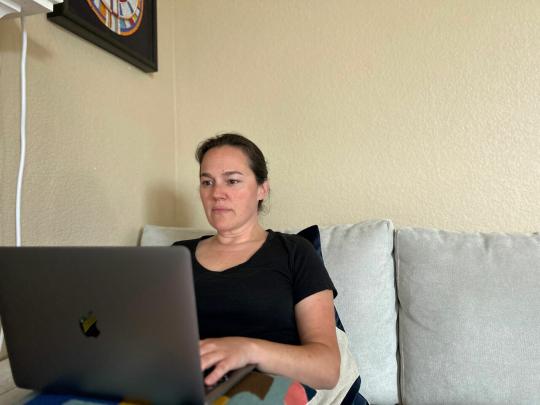If I Teach Service-Learning, What Will Happen to My SETEs?
The impact of service-learning on SETEs is an important question for many faculty, and one that I often hear as the Lead Faculty Fellow for the Center for Community Engagement. Of course, there is not a “one-size fits all” response to this question. However, we do have research indicating that there can be an initial decline in SETE scores, before a rebound occurs (e.g., Govekar & Rishi, 2007; Peters, 2011). As most faculty members who have tried a new method or style of teaching can tell you, this can be a shock for students initially. Further, as we are also learning in our classrooms, it takes us time to hone our skills in a new pedagogy.
Personally, I did have a decline in my SETE scores the first semester that I taught service-learning. This was for a number of reasons. First, I did not yet know how to present the project to my students in a manner that would allow for them to be comfortable with the uncertain nature of community collaboration. Second, I was not yet sure how it was all going to go, myself! I had spent a lot of time thinking through the process, collaborating with my community partner to ensure that the project would be of use to them, and researching effective evaluation metrics for this type of project. That being said, I had never done it myself. Just as I was wanting to incorporate service-learning into my class so that students had the opportunity to learn through doing, not just hearing or seeing, I also was learning through doing. This can take a minute to get used to. Third, my students felt that they were on a “wild ride” with me when it came to this project, rather than knowing that I was at the helm, which they seemed to appreciate in the rest of the work throughout the course.
Now that I have openly addressed the challenges of first teaching a service-learning course, why would anyone want to engage in this endeavor? This is the easiest to answer as there is a vast body of research indicating the numerous benefits to students, and to faculty, who participate in service-learning courses (feel free to reach out or look through the CCE’s website for more information on this). Plus, my SETEs got significantly better the next semester. I am comforted that the research supports this experience, as well!
What does this mean for Sonoma State? It is my opinion that RTP committees, department chairs, and colleagues, should value the efforts of junior faculty taking personal risk in the form of lower SETEs to improve student learning outcomes. I am grateful that my department was supportive as it allowed me the opportunity to grow into a pedagogy that has been both personally and professionally rewarding.
References:
Govekar, M. A. & Rishi, M. (2007). Service learning: Bringing real-world education into the b-school classroom. Journal of Education for Business, 83(1), 3-10. DOI: 10.3200/JOEB.83.1.3-10
Peters, K. A. (2011). Including service learning in the undergraduate communication sciences and disorders curriculum: Benefits, challenges, and strategies for success. American Journal of Audiology, 20(2), 181-196. DOI: 10.1044/1059-0889(2011/10-0031)

Author: Missy Garvin



